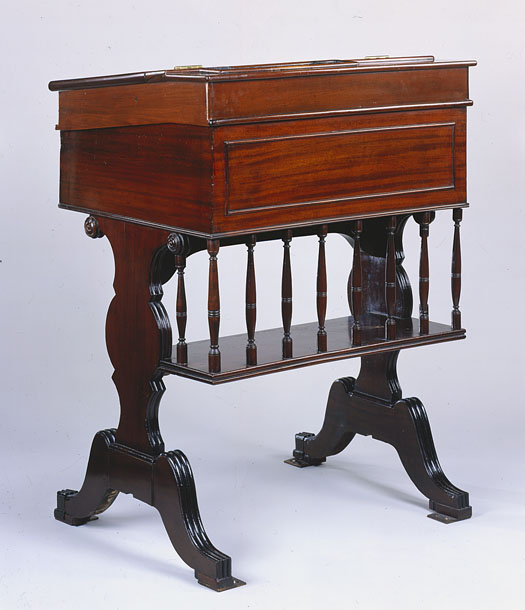United States Senate
 The United States Senate is the upper chamber of the United States Congress. The United States Senate and the lower chamber of Congress, the United States House of Representatives, comprise the federal bicameral legislature of the United States. Together, the Senate and the House have the authority under Article One of the U.S. Constitution to pass or defeat federal legislation. The Senate has exclusive power to confirm U.S. presidential appointments to high offices, approve or reject treaties, and try cases of impeachment brought by the House. The Senate and the House provide a check and balance on the powers of the executive and judicial branches of government.
The United States Senate is the upper chamber of the United States Congress. The United States Senate and the lower chamber of Congress, the United States House of Representatives, comprise the federal bicameral legislature of the United States. Together, the Senate and the House have the authority under Article One of the U.S. Constitution to pass or defeat federal legislation. The Senate has exclusive power to confirm U.S. presidential appointments to high offices, approve or reject treaties, and try cases of impeachment brought by the House. The Senate and the House provide a check and balance on the powers of the executive and judicial branches of government.The composition and powers of the Senate are established by Article One of the United States Constitution. Each of the 50 states is represented by two senators who serve staggered six-year terms. In total, the Senate consists of 100 members. From its inception in 1789 until 1913, senators were appointed by the state legislature of their respective states. However, since 1913, following the ratification of the Seventeenth Amendment, senators have been elected through a statewide popular vote.
As the upper chamber of Congress, the Senate has several powers of advice and consent. These include the approval of treaties, as well as the confirmation of Cabinet secretaries, federal judges (including justices of the Supreme Court), flag officers, regulatory officials, ambassadors, other federal executive officials, and federal uniformed officers. If no candidate receives a majority of electors for vice president, the duty falls to the Senate to elect one of the top two recipients of electors for that office. The Senate conducts trials of officials who have been impeached by the House. The Senate has typically been considered both a more deliberative and prestigious body than the House of Representatives due to its longer terms, smaller size, and statewide constituencies, which historically led to a more collegial and less partisan atmosphere.
The Senate chamber is located in the north wing of the Capitol Building in Washington, D.C., the nation's capital. Despite not being a senator, the vice president of the United States serves as presiding officer and president of the Senate by virtue of that office; the vice president may vote only if the Senate is equally divided. In the vice president's absence, the president pro tempore, who is traditionally the most senior member of the Senate's majority party, presides over the Senate, and more often by rule allows a junior senator to take the chair, guided by the parliamentarian. In the early 1920s, the practice of majority and minority parties electing their floor leaders began. The Senate's legislative and executive business is managed and scheduled by the Senate's majority leader, who on occasion negotiates some matters with the Senate's minority leader. A prominent practice in the Senate is the filibuster on some matters and its remedy the vote on cloture. Provided by Wikipedia
-
1